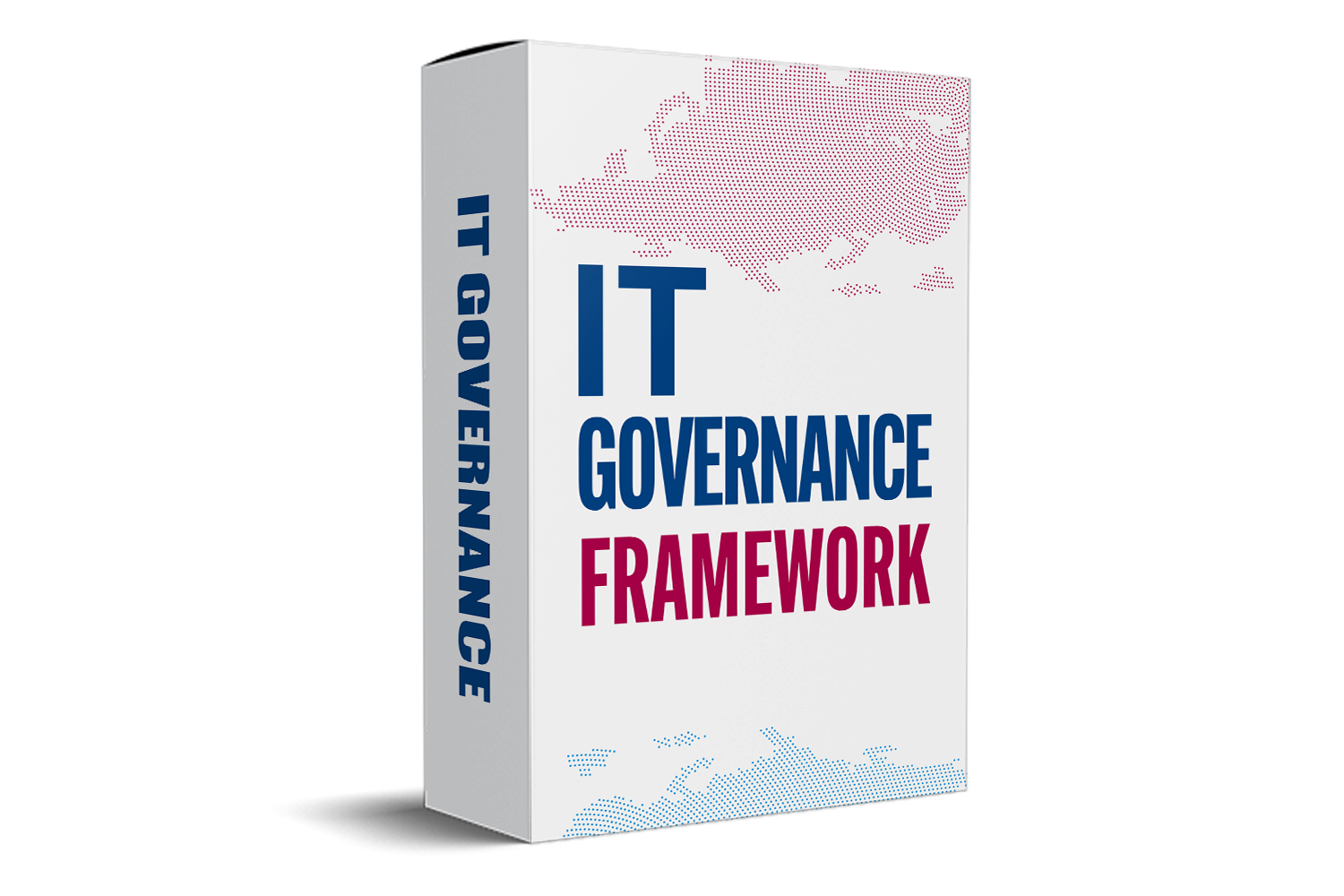Unlocking the Potential of Cloud Governance: Policy Insights
In the modern digital landscape, businesses of all sizes are increasingly leveraging cloud computing to enhance their operations, scalability, and overall efficiency. The cloud offers unparalleled flexibility, cost-effectiveness, and accessibility, allowing organizations to streamline processes, innovate rapidly, and expand their reach. However, the adoption of cloud services also brings about various challenges, primarily related to security, compliance, and resource management. To navigate these challenges effectively, companies must establish robust cloud governance policies.

Understanding Cloud Governance
Cloud governance refers to the framework of policies, procedures, and controls that guide the proper utilization, management, and security of cloud resources within an organization. It encompasses a set of rules and protocols that dictate how cloud services are selected, implemented, monitored, and maintained. An effective cloud governance policy aims to strike a balance between maximizing the benefits of cloud technologies and mitigating potential risks.
Components of a Cloud Governance Policy
1. Policy Framework Establishment
Establishing a robust policy framework involves defining the overall strategy for cloud adoption. This includes outlining the objectives of cloud usage, identifying stakeholders and their roles, setting up decision-making processes, and determining the scope and limitations of cloud services within the organization. Clarity in these areas ensures that everyone involved understands their responsibilities and contributes to a coherent cloud strategy.
2. Security Protocols
Security remains a primary concern in the cloud landscape. The policy should encompass a comprehensive set of security measures to safeguard data and systems. This includes encryption mechanisms for data both in transit and at rest, robust identity and access management protocols to control user permissions, regular security audits and vulnerability assessments, and adherence to best practices such as the principle of least privilege. Additionally, guidelines for incident response plans and continuous monitoring mechanisms should be established to detect and respond promptly to any security threats or breaches.
3. Compliance and Regulatory Adherence
Businesses operating in various industries are subject to specific regulatory frameworks and compliance standards. A cloud governance policy needs to address these requirements to ensure adherence. This involves understanding data residency constraints, complying with privacy laws (such as GDPR, CCPA), meeting industry-specific regulations (like HIPAA for healthcare), and adhering to certifications (ISO 27001, SOC 2, etc.). The policy should detail procedures for data handling, privacy protection, and reporting to regulatory bodies to guarantee compliance.
4. Cost Management
Cloud services come with variable costs based on usage, and without careful monitoring and management, these expenses can escalate rapidly. The policy should include guidelines for resource allocation, budgeting strategies, regular monitoring of cloud usage, and implementing cost optimization measures. This may involve utilizing reserved instances, implementing automated scaling, or employing cloud cost management tools to track and optimize spending.
5. Risk Management
Understanding and mitigating risks associated with cloud services is crucial. The policy should outline risk assessment procedures that identify potential threats, vulnerabilities, and their potential impact on business operations. Additionally, disaster recovery plans, backup strategies, and contingency protocols should be defined to ensure business continuity in case of service interruptions or data loss. This includes regular testing of backup systems and conducting simulated exercises to assess the effectiveness of disaster recovery plans.
6. Service Level Agreements (SLAs)
Clear and well-defined SLAs with cloud service providers are essential to ensure service quality and availability. The policy should establish standards for performance, availability, support response times, and escalation procedures in case of service-level deviations. It should also address how SLAs are negotiated, monitored, and enforced to maintain a reliable and responsive cloud environment.
7. Training and Awareness
Employees are crucial in maintaining a secure and compliant cloud environment. The policy should emphasize ongoing training programs to enhance employees' understanding of security best practices, compliance requirements, and the organization's cloud governance guidelines. Promoting a culture of awareness about security threats, data handling practices, and the proper use of cloud resources among staff members is pivotal in ensuring adherence to the established policies.
Benefits of a Robust Cloud Governance Policy
1. Enhanced Security and Compliance
A well-structured policy enhances security measures and ensures compliance with regulatory standards, thereby reducing the risk of data breaches and potential legal liabilities.
2. Optimal Resource Utilization
Clear guidelines on resource allocation and monitoring help in optimizing cloud resources, minimizing unnecessary expenses, and maximizing the return on investment in cloud services.
3. Improved Decision-Making Processes
Defined responsibilities and decision-making processes facilitate quicker and informed decision-making regarding cloud adoption, service selection, and risk mitigation strategies.
4. Increased Agility and Innovation
Efficient cloud governance policies enable organizations to harness cloud capabilities effectively, fostering innovation by allowing faster adoption of new technologies and strategies.
5. Better Risk Management
Predefined risk assessment and mitigation strategies enable proactive identification and management of potential threats, enhancing the overall resilience of the cloud infrastructure.
Conclusion
In the digital era where cloud computing is fundamental for businesses, establishing a comprehensive cloud governance policy is paramount. Such policies ensure that organizations harness the full potential of cloud technology while mitigating risks and maintaining control over their data and resources. By integrating security, compliance, cost management, and risk mitigation strategies, businesses can navigate the complexities of the cloud environment effectively, driving innovation and sustainable growth while safeguarding against potential vulnerabilities and threats.


